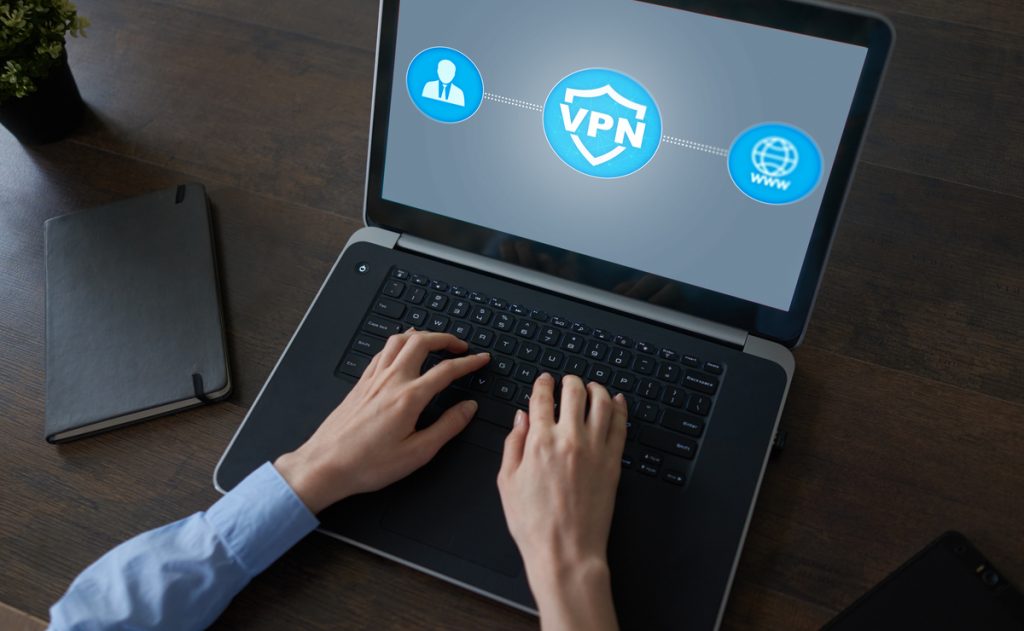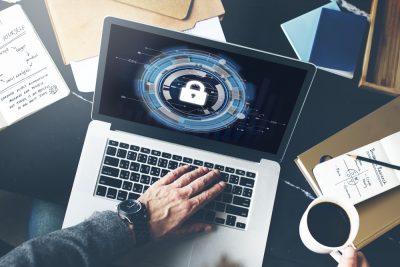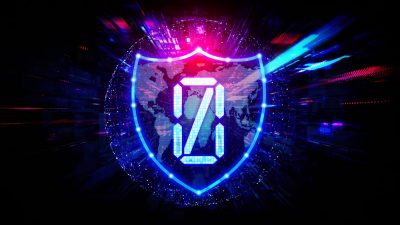COVID-19 has affected our lives to a major extent. Staying indoors and spending time with family is not smooth for everyone. It has also changed the way we work. Not to everyone’s surprise, home offices are relaxing and equally threatening for companies these days. Remote working is creating security loopholes allowing hackers to easily get in, leading to security breaches. Companies tackling the remote work challenge are becoming a reason for hackers to break the weak links; the biggest weak link is the human brain. The phishing campaigns prey upon human vulnerabilities and manipulate human psychology. Ergo, this is where the role of a VPN (virtual private network) begins.
Even before the Coronavirus pandemic, remote work was popular among teams. Now, it’s about time we explore whether it is hampering the work or is an ally for companies. The article will also explore how cybersecurity is a critical tool to maintain, today and tomorrow.
Regular office vs. home office. What is the difference? Why VPN?
Offices have an internal network that is well maintained and protected from time to time. However, when it is home office—working from home—it is not easy to control the safety of the remote employee’s network. So, Virtual Private Network (VPN) has stepped in for the rescue of the remote workers these days. These VPN settings help in maintaining network security regardless of the employee’s location.
A home office is often an easy target for hackers. Hackers probably know that those working from home might not follow all the necessary security measures, such as choosing a strong password, knowing about the suspicious emails, and that not all links are safe to open. In contrast, the regular office has internal security layers that are tough for hackers to crack.
The regular offices have a strong IT infrastructure with good layers of security. By leveraging various levels of security measures and tools, office environments do not let malware activities to occur. And if these security measures are removed, there is an increased risk of data breaches and leaking of confidential information.
The crisis is basically forcing us to look at the quickest optimal security solution. There are tools required to be enabled in the environment with much-needed security. The first tool that needs to be used is a VPN (virtual private network). If an employee’s internet is connected to a VPN, all of the data that is being transmitted will be encrypted, resulting in securing all information.
The advantage with VPN (virtual private network) is it can be connected anytime, anywhere. Many people assume it as a complicated thing to incorporate in the working environment. Well, they are no more complex and technically demanding. Apart from VPN, password manager and the two-factor authentication add up a layer of security to the strong walls of VPN.
How to manage VPN?
All the users working from home these days simultaneously are bringing tremendous load on the internet bandwidth and inbound gateway devices. Also, the home routers and Wi-Fi connections lack the level of security required for transmitting information.
Some organizations are taking an extra step by assigning the workload on VPNs (virtual private networks) by allowing only a limited number of employees to use the remote access at a given point of time. This, at least, ensures the transmission of critical and sensitive information without breaking or overloading the network.
Essential steps during VPN deployment
Handling heavy traffic
VPN (virtual private network) cannot handle the entire workforce traffic that is operating from their homes. A company moving from say 300 employees using a VPN to 1,000 has become one major challenge. Thus, it necessitates the addition of RAS (Remote Access Servers) and load balancers that again take weeks to order and deliver.
In such circumstances, most advanced enterprises are going for an active-passive VPN setup. It helps in shifting the load between two devices. Add to it, companies should go-through the Service Level Agreement (SLA) they had with their vendors. It is the time to talk to the hardware provider and ask for an extra device. Backup hardware is supposed to be a part of every SLA (service level agreement).
Zero trust
During this time, in the light of more workers accessing data from the cloud, many organizations are taking the ‘zero-trust’ approach.
It is especially for the data that is placed on the cloud. Also, the cloud security technologies are managing the complexity by providing a complete stack of security capabilities, which include a next-generation firewall, full SSL inspection, a cloud sandbox, and DLP (Digital Light Processing).
The classification of the data also helps in implementing the right control. Employing the DLP solution also ensures that unnecessary data does not get downloaded.
Short-term steps
Some of the organizations are taking short-term steps to improve the security of their remote working setup. They are segregating and identifying key people in the organization to manage sensitive information and assigning them work on other team members’ behalf until the situation is back in control.
Otherwise, companies can take the workforce stagger approach too by dividing the workforce into two batches, wherein Batch A can access information from 9 AM until noon, while Batch B can access information from 1 PM to 4 PM.
How is it affecting the business world?
With respect to the recent Maze ransomware attack on IT giant Cognizant, it is evident that hackers now have a goldmine of an opportunity to enter the systems and access the company’s sensitive information. Therefore, as the world is fighting against coronavirus, hackers are taking advantage of the outbreak. With respect to the pandemic, companies need to remain cautious and alert, and secondly, report any suspicious activity.
In addition to the malicious email attachments, there are some more prominent ways hackers are trying to attack the companies.
By targeting Zoom domains
During the last few weeks, there has been a major rise in the new domain registrations on Zoom. Due to the remote working of employees, the video conferencing market has risen to a significant level. Out of all the registered domains, 4% were caught with suspicious characteristics.
By targeting retailer businesses
With countries shutting down their borders and going into isolation, the world of retail trading has also shut its doors. Some of the malicious activities around the internet include—a mail announcing coronavirus discount at 10%, special offers by different hackers promoting their “goods” (usually malicious malware or exploit tools), or pretending to be from the human resource department of your own company, or sharing latest research data and figures of COVID-19.
So, it is all around, and maybe beside you. It is important for people to be cautious of the emails titled ‘special offers.’ Make sure you visit only authentic sources and not get caught by lookalike domains.
What should be the next step?
Once we know what is hampering the world—coronavirus pandemic and security breach—it is easier to educate ourselves with meaningful and correct information. The security tools aren’t sufficient to take care of the company related data; security training too is needed for remote working professionals. Spend time with the IT professionals in your company or take regular online training.
Some activities floating around are just about tricking people, and no tool can work against that. In situations like this, cybersecurity literacy is critical.
For more relevant content on VPN and cybersecurity, you can download our latest whitepapers on Security.














